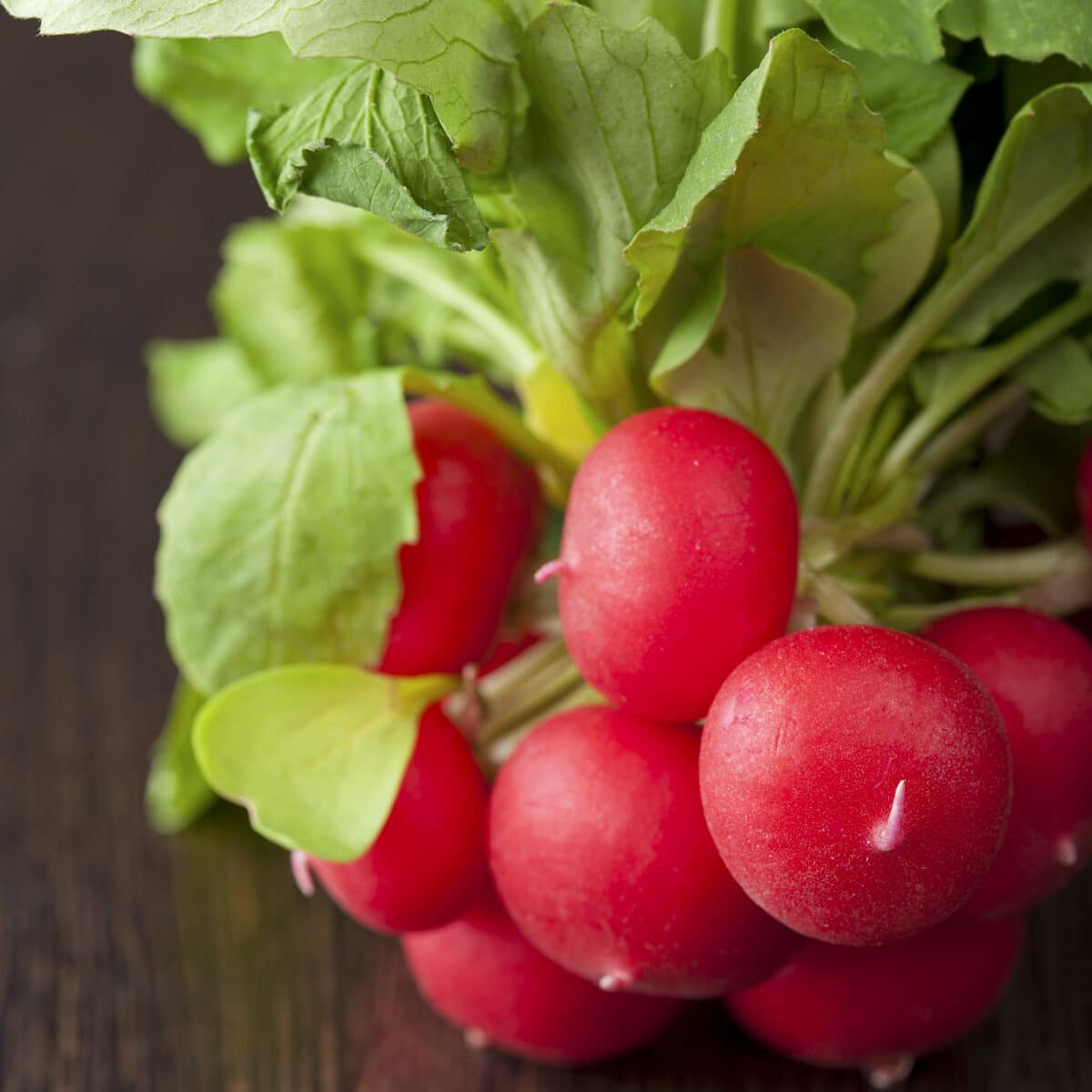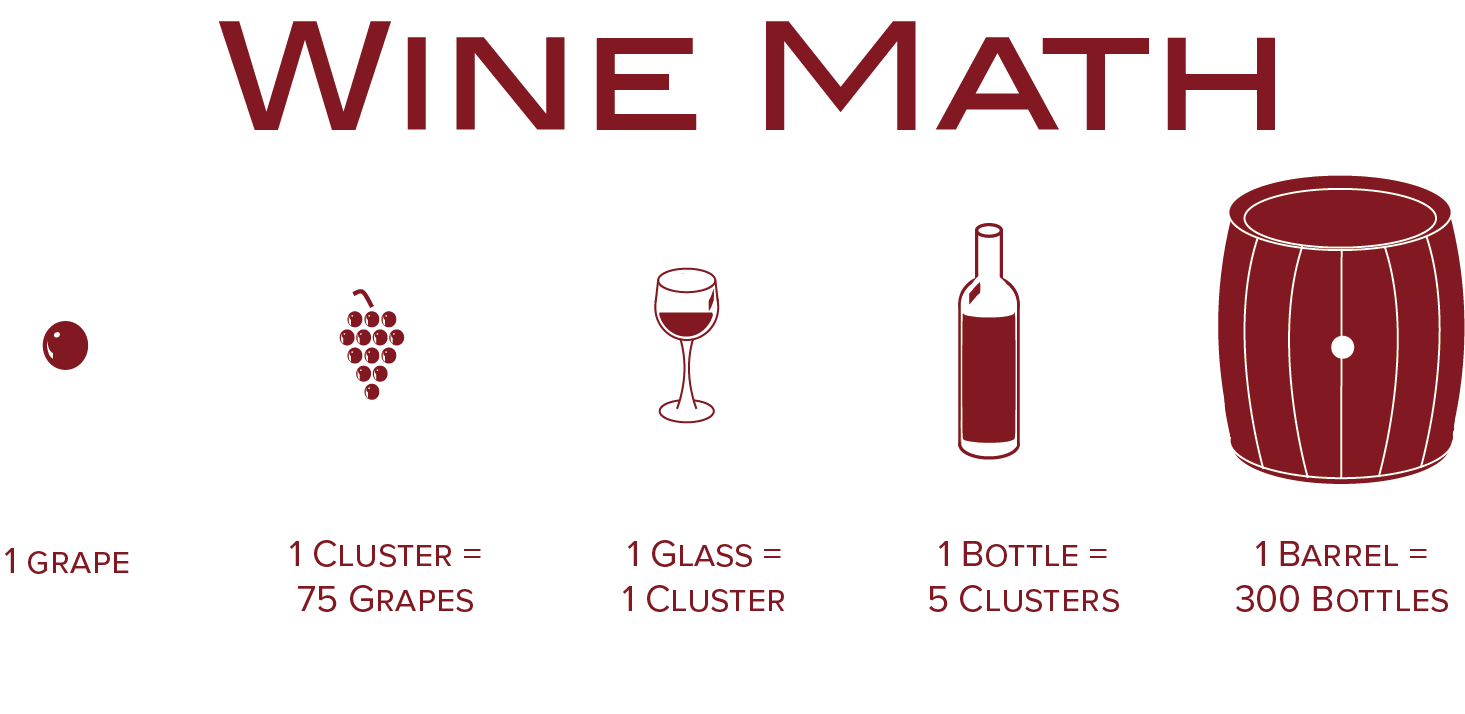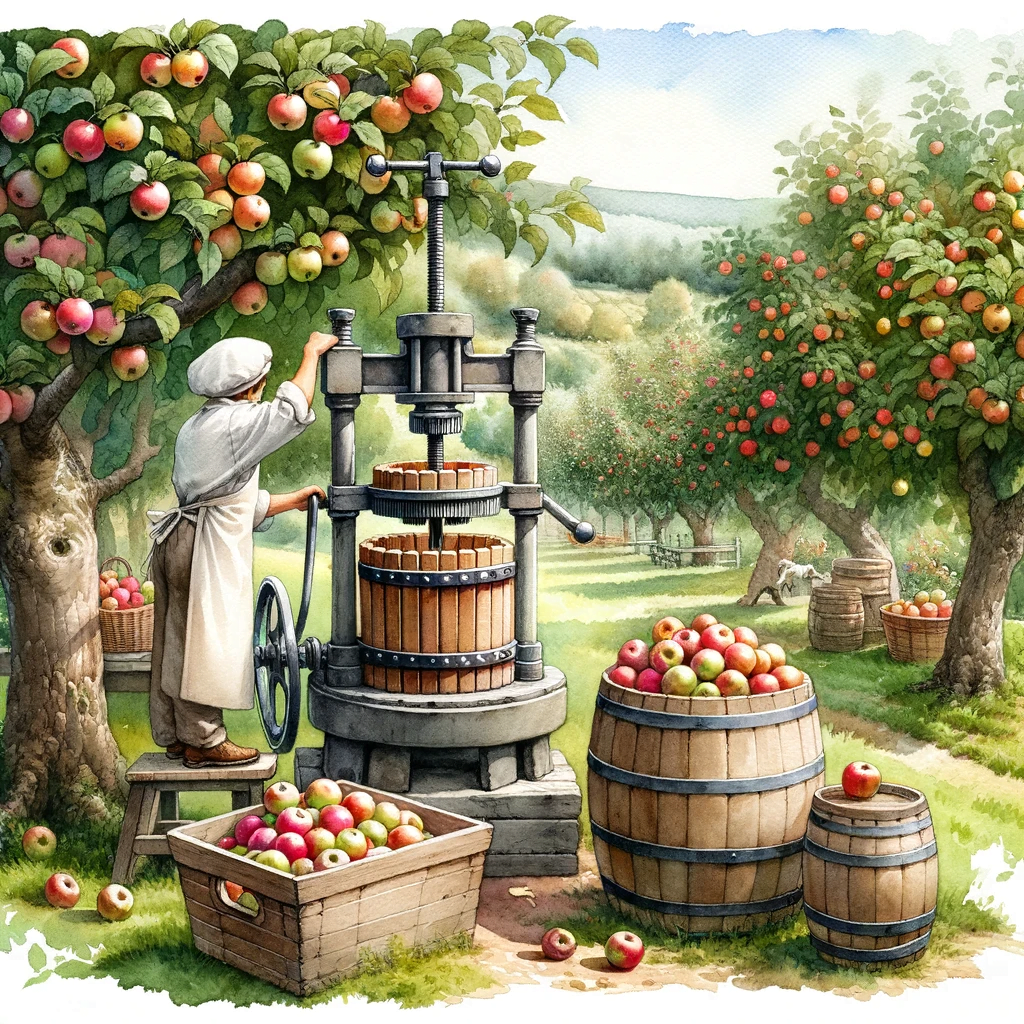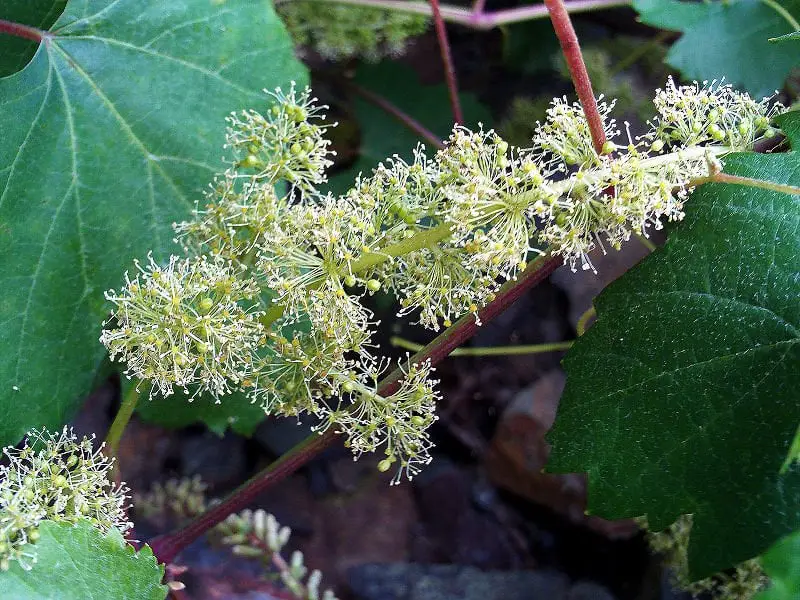So you bought a bunch of fresh radishes, but now you’re wondering if they are still good to eat or if they have gone bad. No worries, we’ve got you covered. In this article, we’ll explore some simple yet effective ways to determine if your radishes are still in their prime or if it’s time to toss them out. From visual cues to texture and smell, we’ll walk you through the signs that indicate your radishes have gone bad, ensuring you can enjoy this crunchy and refreshing vegetable at its best.
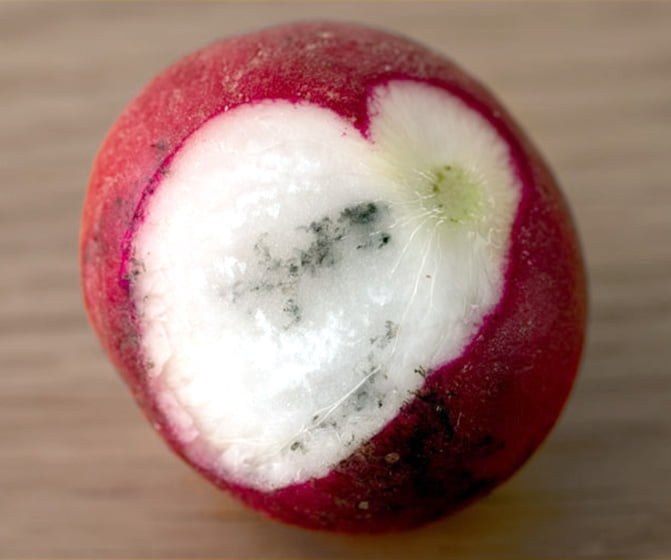
Appearance
Texture
When it comes to the texture of radishes, you want them to be firm and crisp. A fresh radish should have a satisfying crunch when you bite into it. If the radish feels soft or mushy when you touch it, then it’s a sign that it has gone bad. The texture should be consistent throughout the entire radish, so make sure to check different parts of the vegetable.
Color
The color of radishes can vary depending on the variety, but in general, you want them to be a vibrant shade of red or pink. If the radish looks dull or has turned a brownish color, it’s an indication of spoilage. However, keep in mind that some radish varieties have white, purple, or black skin, so the color may not always be a reliable indicator. It’s best to rely on other signs of freshness as well.
Mold or Blemishes
Inspect the radish carefully for any signs of mold or blemishes. Mold can appear as fuzzy green or white patches on the surface of the radish and indicates that it has started to rot. Blemishes, such as black spots or bruises, can also indicate spoilage. If you notice any of these signs, it’s best to discard the radish as consuming mold or damaged radishes can be harmful to your health.
Smell
Normal Odor
Fresh radishes have a mild and slightly earthy aroma. When you give them a sniff, you should be able to detect a pleasant and fresh scent. However, if the radish has gone bad, it will emit a foul and unpleasant odor. Trust your nose, and if you notice any off smells, it’s a clear indication that the radish is no longer good to eat.
Rotten or Pungent Smell
A rotten or pungent smell coming from a radish is a strong indicator of spoilage. The smell is often described as a combination of sulfur and ammonia. If the radish emits a strong and unpleasant odor that is overpowering, it’s best to discard it immediately. Consuming a radish with such a smell can be dangerous to your health and may cause food poisoning.
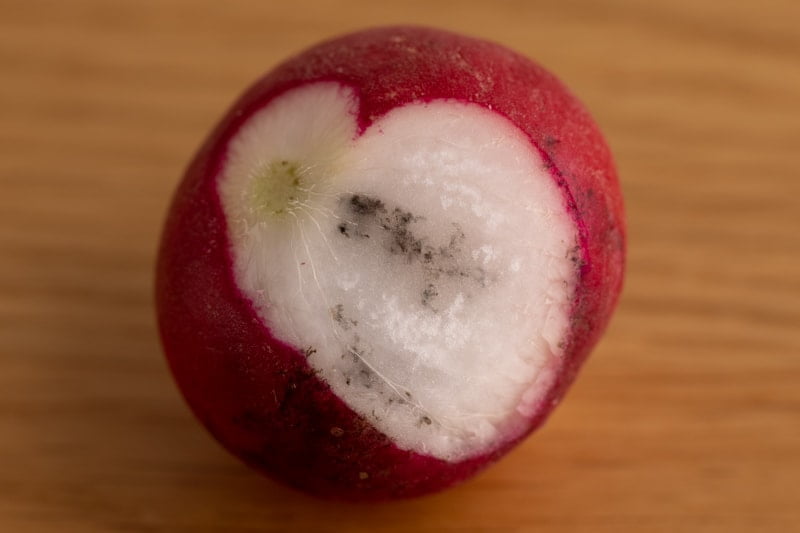
Touch
Softness
Gently squeeze the radish using your fingers. A fresh radish should feel firm and have a solid texture. If it feels soft or squishy, it’s a clear sign of spoilage. The radish should maintain its shape and resistance to pressure when handled. If it collapses easily under slight pressure, it’s time to say goodbye to that radish and look for a fresher one.
Sponginess
Similar to softness, sponginess is a result of the radish deteriorating. A fresh radish should not have any spongy or mushy areas when touched. If you feel any areas that give way easily or have a springy texture, it means the radish has started to decay. It’s best to avoid consuming such radishes as they may have an unpleasant taste and could potentially make you sick.
Taste
Bitterness
When it comes to taste, radishes are known for their crisp and slightly spicy flavor. However, if you bite into a radish and discover a strong and bitter taste, it’s a sign that the radish has gone bad. Bitterness in radishes is an indication of spoilage, and consuming such radishes can result in an unpleasant eating experience.
Off or Sour Taste
If the radish tastes off or sour, it’s a clear indicator that it has started to spoil. Radishes should have a refreshing and slightly tangy taste. If the taste becomes sour or overly acidic, it means that the radish has started to ferment or develop harmful bacteria. In such cases, it’s best to spit it out and avoid consuming the radish.
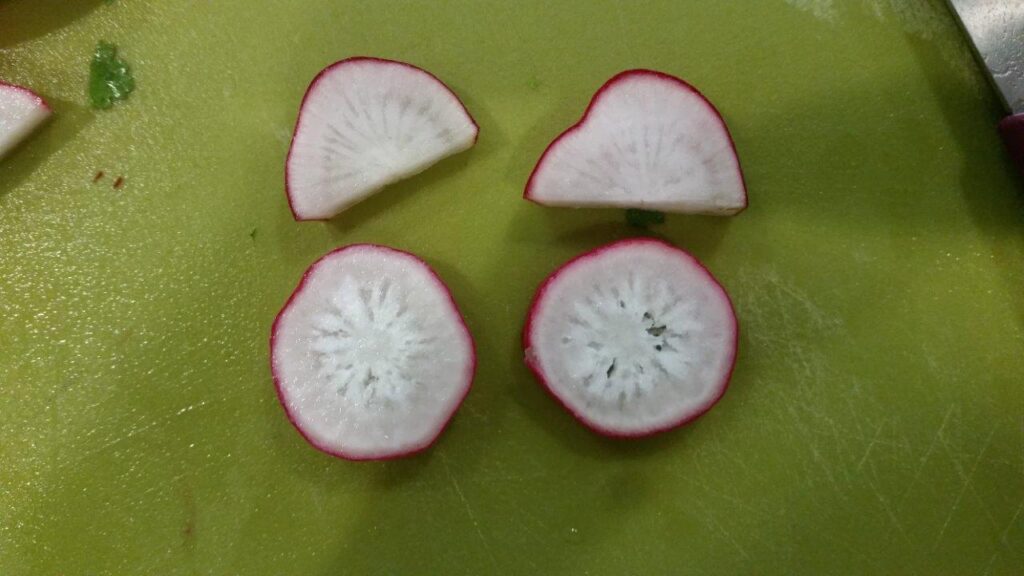
Weight
Heaviness
A fresh radish should feel relatively heavy for its size. If you pick up a radish and it feels excessively light, it may have lost its moisture content and become dehydrated. Dehydration can lead to a diminished flavor and a less crispy texture. It’s best to choose radishes that feel heavy, as they are more likely to be fresh and juicy.
Lightness
On the other hand, if the radish feels unnaturally light or hollow when you pick it up, it’s likely an indication that moisture has evaporated, and the radish is past its prime. Lightness can also be a sign of dryness, making the radish less appealing in terms of taste and texture. Opt for radishes that have a satisfying weight, ensuring that they are still fresh and enjoyable.
Inner Flesh
Discoloration
Cutting open a radish can reveal valuable information about its freshness. The inner flesh should be crisp, juicy, and have the same color as the outer skin or slightly lighter. If you notice any discoloration, such as brown or black spots, it’s a sign of spoilage. Discolored flesh indicates that the radish has started to decay, and it’s best to avoid consuming it.
Sliminess
Fresh radishes should never feel slimy or have a slippery texture. If the flesh appears slimy when cut open, it’s a clear indicator of spoilage. Sliminess is a result of bacterial growth, and consuming such radishes can potentially make you sick. It’s always better to be safe than sorry, so if you encounter slimy radishes, discard them immediately.
Hollowness
While hollowness can be a characteristic of certain radish varieties, excessive hollowness is a sign of poor quality and spoilage. If you notice that the radish is predominantly hollow inside, with only a thin layer of flesh, it means that it has lost its moisture content and freshness. Opt for radishes with a solid and consistent flesh to ensure the best taste and texture.

Leaves and Tops
Wilted
The leaves and tops of radishes can also provide insight into their freshness. Fresh radishes have vibrant and crisp green leaves that stand upright. If the leaves appear wilted, dried, or droopy, it’s likely that the radish is past its prime. Wilted leaves indicate that the radish has lost its moisture, resulting in diminished flavor and texture.
Yellowing
Yellowing leaves are another sign of a radish that has gone bad. Fresh radish leaves should be vibrant green without any yellow or brown spots. If you notice significant yellowing, especially in combination with wilted leaves, it’s best to avoid purchasing or consuming such radishes. Look for radishes with fresh and green leaves to ensure optimal freshness.
Storage Time
Expiration Date
The expiration date provided on the packaging, if available, is a reliable indicator of the radish’s freshness. It signifies the date by which the radish is expected to remain in good condition if stored properly. Always respect the expiration date and try to consume the radishes before that date to enjoy them at their best.
Length of Time Stored
If you have purchased radishes without an expiration date or have stored them for some time, it’s important to consider the length of time they have been kept. Radishes have a relatively short shelf life, typically lasting around one to two weeks when stored properly in the refrigerator. The longer radishes are stored, the higher the likelihood of them going bad. If it has been a considerable amount of time, it’s best to inspect the radishes for signs of spoilage before consuming.

Purchase Conditions
Condition at Purchase
When buying radishes, pay attention to their overall condition. Choose radishes that have smooth and unblemished skin. Avoid radishes with obvious bruising, cuts, or any other visible damage. Additionally, select radishes that feel firm and heavy for their size, indicating their freshness. By inspecting the radishes at the time of purchase, you can ensure a higher likelihood of them staying fresh for a longer period.
Radish Types
Variety-specific Differences
It’s important to note that different radish varieties may have slight variations in appearance, taste, and texture. Some radishes have a round shape, while others are elongated or even cylindrical. The color of radishes can range from red, pink, purple, white, or even black. It’s essential to familiarize yourself with the specific characteristics of the radish variety you are buying to determine if it has gone bad. While the general guidelines apply to most radishes, it’s always helpful to know the unique traits of the particular radish type you are working with.
In conclusion, assessing the freshness of radishes involves examining various aspects such as appearance, smell, touch, taste, weight, inner flesh, leaves, and storage time. By paying attention to these indicators and using your senses, you can determine if a radish has gone bad and make informed decisions about whether to consume or discard it. Remember, it’s crucial to prioritize your health and choose radishes that are fresh, crisp, and safe to eat.
